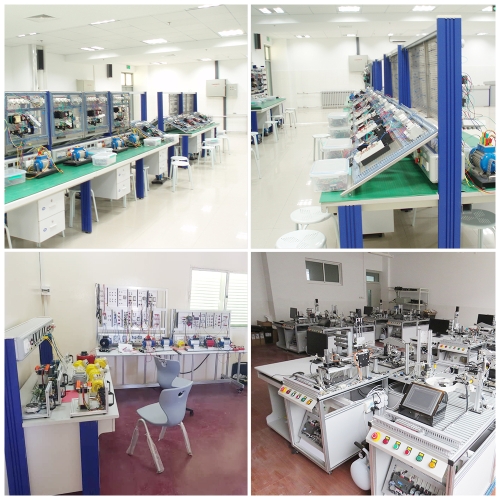H215 Osborne Reynolds Apparatus Fluid Mechanics Experiment Equipment Teaching Equipment
OSBORNE REYNOLDS APPARATUS
The apparatus consists of a precision-bore glass pipe (test tube) held vertically in a large shroud. The shroud is open at the front and the inside surface is light coloured. This allows the students to see the flow clearly.
Water enters a constant head tank (reservoir) above the test tube and passes through a diffuser and stilling bed. It then passes through a specially shaped bell-mouth into the test tube. This arrangement ensures a steady, uniform flow at entry to the test tube. A thermometer measures the temperature in the constant head reservoir.

A fixed overflow pipe in the reservoir connects to a suitable drain. At the bottom of the test pipe is a valve which controls the flow rate through the pipe, without disturbing the flow.
Students collect a known quantity of water in a measured time to find the flow rate. Included is a measuring cylinder. To see the pattern of flow in the pipe, students use a dye injector (included). They use it to inject a fine filament of dye into the top of the tube. The dye injector is a dye reservoir connected to a fine hypodermic tube.
The base of the apparatus has adjustable feet for levelling prior to use (included is a levelling device).
The optional Heater Module (H215a) is a separate freestanding unit. It connects to the water supply line to heat the water, varying its temperature and viscosity. Controls on the module vary the electrical heat input and the flow rate, to give steady conditions over a range of temperatures.
LEARNING OUTCOMES
• Demonstration of transition between laminar and turbulent flow.
• Determination of transition Reynolds numbers and comparison with accepted values.
• Investigation of the effect of varying viscosity and demonstration that the Reynolds number at transition is independent of viscosity.
